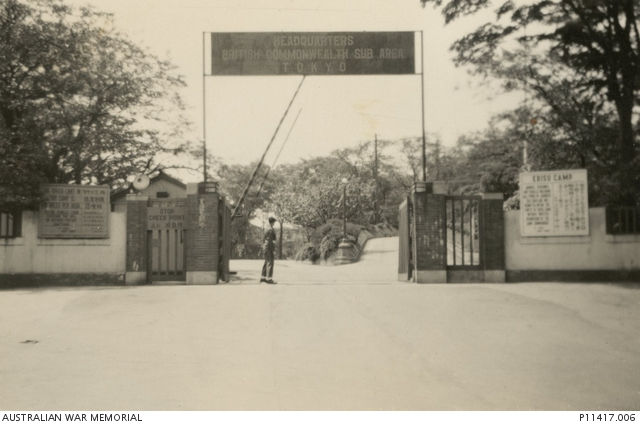Operation Shingle - Anzio Landings
- Si Biggs

- Jan 22, 2022
- 2 min read
Unit/ Formation: 43 Cdo RM
Location: Italy
Period/ Conflict: World War II
Year: 1944
Date/s: 22 January 1944
The Battle of Anzio was a battle of the Italian Campaign of World War II that took place from January 22, 1944 (beginning with the Allied amphibious landing known as Operation Shingle) to June 5, 1944 (ending with the capture of Rome). The operation was opposed by German forces in the area of Anzio and Nettuno.
Allied forces consisted of 5 cruisers, 24 destroyers, 238 landing craft, 62+ other ships, 40,000 soldiers, and 5,000+ vehicles.

The attack consisted of three groups:
The British force ("Peter Beach"), The northwestern U.S. Force ("Yellow Beach"), and the southwestern U.S. Force ("X-Ray Beach")
The British force attacked the coast 6 miles (9.7 km) north of Anzio which included 2nd Special Service Brigade (partial);
No.43 (Royal Marine) Commando
No. 9 Commando
A plan to drop parachutists on high ground overlooking the planned landing beaches at Anzio was set aside in favour of an overland assault. The objective was to deny the elevated position to the enemy. On the morning of January 20, 1944, 2nd Special Service Brigade; No 9 Commando with 43 (RM) Commando boarded HMS Derbyshire.

They sailed with the rest of the fleet, arriving off the beaches on the night of January 21/22. They made the shore without difficulty but sustained a few casualties from an early morning aircraft attack.

Each man carried 70 lb of equipment and supplies with additional material carried in a number of heavily laden handcarts. They occasionally ran into enemy patrols but their slow progress was mainly due to mud. Both Commandos were in position for the main assault by 1330 hrs. They attacked from the NE and W and by 1430 hrs they were securely on the high ground. Next morning the US Rangers took over their positions and the Commandos were placed in reserve before returning to Naples on an LST (Landing Ship Tank), arriving there on the morning of the 25th January. It had been a relatively easy operation but Anzio had not yet earned its dreadful reputation for fierce fighting.

No 2 SS Brigade was placed on a state of readiness for further action at short notice. Initially No 9 and No 43(RM) Commandos were to join No 40 (RM) Commando to form part of a counter-attack force. However, General McCreery, the Commander of X Force, decided that Nos 9 and 43(RM) Commando would extend his foothold in the hills west of Garigliano by taking control of the three peaks of Monte Ornito - Tugo (2000 ft), Ornito (2,400 ft) and Faito (3000 ft). The terrain was rocky, uneven and in places very steep with scree slopes and there was virtually no cover. Even without enemy action, supplying troops on these summits with food, water and ammunition would involve a great deal of human effort.
Read more here:




Comments